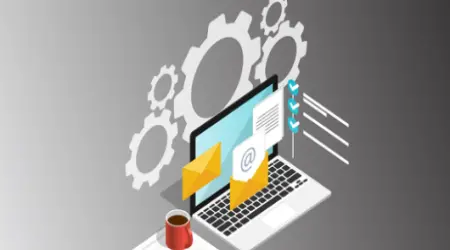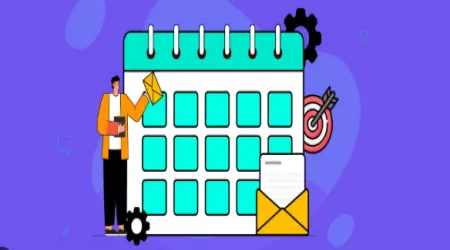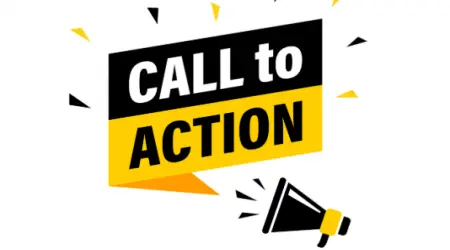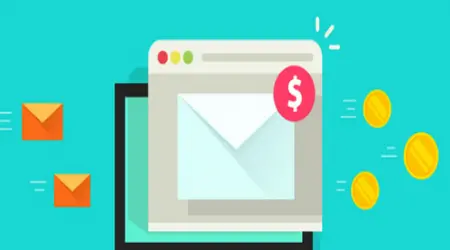
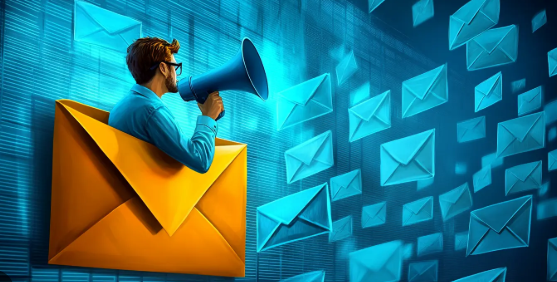
Does Email Marketing Still Matter Today?
What Is Email Marketing and Why Does It Matter in 2025?
In a digital world overflowing with social media platforms, short-form videos, and AI chatbots, it's easy to assume that email marketing is outdated or dying. But the reality? Email remains one of the most effective, direct, and profitable marketing channels in existence—even in 2025.
In this article, we’ll explore what email marketing really is, how it works, why it's still relevant, and what makes it a powerhouse in your digital marketing toolkit.
1. Understanding Email Marketing: Beyond the Inbox
At its core, email marketing is the practice of sending targeted messages to a group of people via email. These emails might aim to:
Promote a product or service
Share valuable content (newsletters, blogs, reports)
Announce sales or events
Educate subscribers on a topic
Build trust and brand loyalty
It’s not just about “blasting emails.” It’s about sending the right message to the right person at the right time.
2. A Brief Evolution of Email Marketing
Email marketing started in 1978 when Gary Thuerk sent a mass promotional email that earned his company $13 million in sales. Back then, it was revolutionary.
Fast-forward to the 2000s, inboxes became flooded, and spam filters tightened. In response, marketers evolved their approach:
2003: CAN-SPAM Act in the U.S. changed how email could legally be used
2010s: Personalization and automation tools took center stage
2020s: AI, segmentation, and analytics became mainstream
2025: Email has become a hyper-personalized experience with smart automation, behavior-triggered campaigns, and integration with tools like WhatsApp and SMS
Email is no longer generic. It’s strategic.
3. Why Email Marketing Still Matters in 2025
Despite the explosion of social platforms and messaging apps, here’s why email still dominates:
a. Ownership of Audience
You don’t “own” your audience on Instagram, LinkedIn, or TikTok. Algorithms change. Accounts get banned. But your email list is yours. No middleman.
b. Direct Communication
Email is one of the few channels that delivers 1-on-1 communication at scale. Unlike a Facebook post, your message lands directly in the recipient’s inbox.
c. Higher ROI
According to recent studies, email marketing returns an average of $36–$42 for every $1 spent. That ROI beats SEO, social media ads, and even influencer marketing.
d. Personalization & Automation
Modern tools allow you to send messages based on behavior:
Abandoned cart?
Opened but didn’t click?
VIP customer?
Each person gets a message crafted just for them.
e. Cross-Channel Synergy
Email works beautifully alongside SMS, retargeting, and chatbots. It’s not either/or—it’s both/and.
4. Key Elements of Effective Email Marketing
Success in email marketing today depends on mastering the following pillars:
✅ 1. List Building (Ethically)
Use opt-in forms, lead magnets, and quizzes
Avoid buying email lists
Implement GDPR or data privacy compliance
✅ 2. Segmentation
Group your list by behavior, interest, or demographics. Send relevant messages instead of generic blasts.
✅ 3. Personalization
Use names, but go beyond that. Reference past actions, purchase history, or preferences.
✅ 4. Automation
Set up sequences triggered by user actions (e.g., welcome series, re-engagement campaigns, birthday offers).
✅ 5. Great Copy & Design
Write with clarity, brevity, and value. Use clean, responsive templates that work well on mobile.
✅ 6. Testing and Analytics
Track opens, clicks, conversions, unsubscribes. A/B test subject lines, CTA buttons, and layouts.
5. Email Marketing vs Social Media in 2025
| Feature | Email Marketing | Social Media |
|---|---|---|
| Audience Ownership | ✅ Yes | ❌ No |
| Visibility | ✅ 100% delivery to inbox | ❌ Algorithm decides reach |
| Personalization | ✅ Highly customizable | ❌ Limited targeting |
| ROI | ✅ Highest among digital channels | ❌ Lower unless paid |
| Longevity | ✅ Evergreen content stays | ❌ Posts disappear fast |
That’s not to say social media is useless—it’s excellent for discovery and engagement. But email is where conversions happen.
6. Real-World Use Cases
📦 E-commerce Store
An online shoe store sends:
Welcome emails to new customers
Flash sale emails to engaged buyers
Abandoned cart reminders
Post-purchase reviews
Result: 40% of sales come from email.
📚 Online Course Creator
A coach offers:
Lead magnet (free guide)
7-day email series
Upsell to premium course
Monthly newsletters for retention
Result: Course launch revenue doubled using email alone.
💼 B2B Software Company
They send:
Weekly educational emails
Product updates
User onboarding sequences
Quarterly reports to stakeholders
Result: Reduced churn and increased lifetime value.
7. Challenges to Watch in 2025
Email isn’t immune to problems. Here are some issues to manage:
Inbox fatigue: Consumers are overloaded
Spam filters: Even good emails get filtered
Over-automation: Robotic, cold emails hurt brand trust
Data privacy laws: Constantly evolving rules globally
The key is staying human, relevant, and ethical.
8. Final Thoughts: Email Isn’t Dying—It’s Evolving
In 2025, email marketing isn’t just surviving—it’s thriving.
With the right strategy, it offers:
Ownership of your communication
High engagement and conversions
Automation that scales
Long-term business value
Whether you're a solopreneur, startup, or enterprise, email marketing deserves a prime place in your growth strategy. It’s more than a tool—it’s a relationship builder.
So if you’re not using email seriously yet… now is the time to start.
